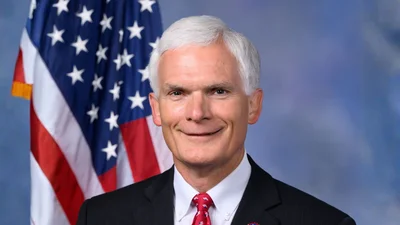The Federal Aviation Administration (FAA) has released updated helicopter route charts for Ronald Reagan Washington National Airport (DCA), Washington Dulles International Airport (IAD), and Baltimore/Washington International Thurgood Marshall Airport (BWI). The changes are part of the FAA’s regular 52-day chart update cycle and include permanent modifications following the January 29 midair collision at DCA.
According to the FAA, the revised charts for DCA include several safety improvements. "Helicopter Routes 1 and 5 remain restricted to priority aircraft only medical, and law enforcement unless specifically authorized by air traffic control – a change made immediately following the DCA midair collision." The agency also stated that "The FAA reduced the boundaries of Zones 1, 2, and 5," and that "Additional notes were added to the DCA helicopter chart to improve clarity around altitude and operational instructions."
For BWI and IAD, the FAA introduced new measures designed to increase the separation between helicopters and airplanes. "The FAA moved Route 12 at BWI airport North of I-95. This will provide traffic with increased separation for arrivals and departures at BWI." Additionally, "The FAA increased Route 7’s crossing altitude by 500 feet to increase the approved separation if an aircraft performs a go-around."
Following the January midair collision at DCA, the FAA has taken several additional steps. These include establishing procedures to separate helicopter and fixed-wing traffic near the airport, permanently closing Route 4 between Hains Point and the Wilson Bridge, revising agreements with the military for ADS-B Out broadcasting, discontinuing takeoffs from the Pentagon until new procedures are in place, eliminating visual separation within five miles of the airport, publishing modifications to helicopter zones and routes further from flight paths at DCA, increasing support and staffing at the airport, and collaborating with industry partners.
The FAA stated it will continue supporting the ongoing National Transportation Safety Board investigation into the January incident.





